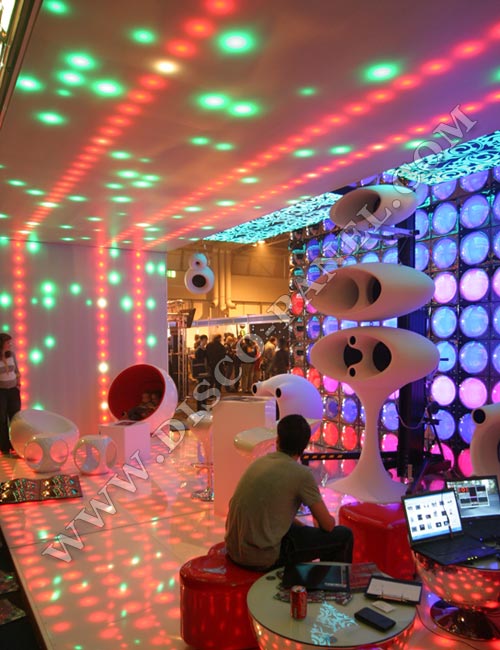
A DJ and equipment go hand in hand and have since 1906 when the first ever-broadcasted record hit the airwaves. In 1909 the first radio disc jockey was born, Ray Newby at age 16 broadcasted songs from Herrold College of Engineering and Wireless off a little spark transmitter. One year later, airwaves broadcasting became the ‘in' point transmitting everything from new music to comedy shows, information, and sport events.
It was not till 1935 that the term "disc jockey" was defined by Walter Winchell using disc as reference to the record and jockey the operator of the equipment used to playback. The first time a disc jockey performed live was in 1943 when Jimmy Savile deejayed the worlds' first dance party in England at the Loyal Order Ancient Shepherds. Playing some jazz tunes, Savile was the first ever to use twin turntables to have constant play. The same year disco was born once the worlds first disco opened, the Whiskey a Go Go in Paris, France transmitting recorded tracks starting the propagation of discotheques across Europe and the United States.
The 50s' brought the DJs' to sock hops and platter parties spinning 45 rpm records and as part of the DJ equipment you may possibly have saw a live drummer adding some beats to keep the party hopping. Nightclubs and discos continued to grow through the Sixties bringing new DJ equipment like the mixer. The beat-matching and slip-cuing methods arrived in 1969, that started the style of the seamless transitions by matching beats in between songs and the release of a record onto a rotating turntable at just the appropriate moment for perfect transitions.
Turn-tablism hit the DJs' repertoire in 1973 once DJs' started to produce their own music by manipulating the sounds of the music. The Technics SL-1200 turntable made its first appearance in the DJ industry in 1974 and by 1979, the MK2 version of the SL-1200 became what remains a stable in quite a few DJs' standard equipment. Hip-hop DJ Grand Wizard Theodore gave birth to the scratch technique accidentally in 1977. Since then quite a few forms and kinds of scratch have been created. The 80s' brought compact discs to the DJ equipment in addition to electronic drumbeats. Although electronic drumbeats have been around since the early 30s', as technology evolved and house music broke to the forefront is when the electronic drumbeat started making it big in the DJ industry. The mid 80s' additionally presented the techno music bringing with it, synthesised instrumentals. Since the 80s', there have been quite a few additions to the romance between DJ and equipment with some of the best state of the art sound equipment like the Sound to Light DMX Control. Now DJs' can not only highlight their mastery of sound but additionally turn it into art in motion. The Sound to Light DMX Control adds to the entertainment that DJs' already produce giving their crowd even more to rave about. A DJ and equipment will certainly not split; their love affair has grown through the years and simply keeps getting stronger with every new advancement.
About the AuthorFor a wide variety of DJ equipment products for your club take a look into our nightclub and disco products online shop where you will find LED lighting, club furniture, sound systems, light control software and information how to build your dream club. Complete design with 3D preview!
For additional information and contact details please visit us at http://www.disco-designer.com!
No comments:
Post a Comment